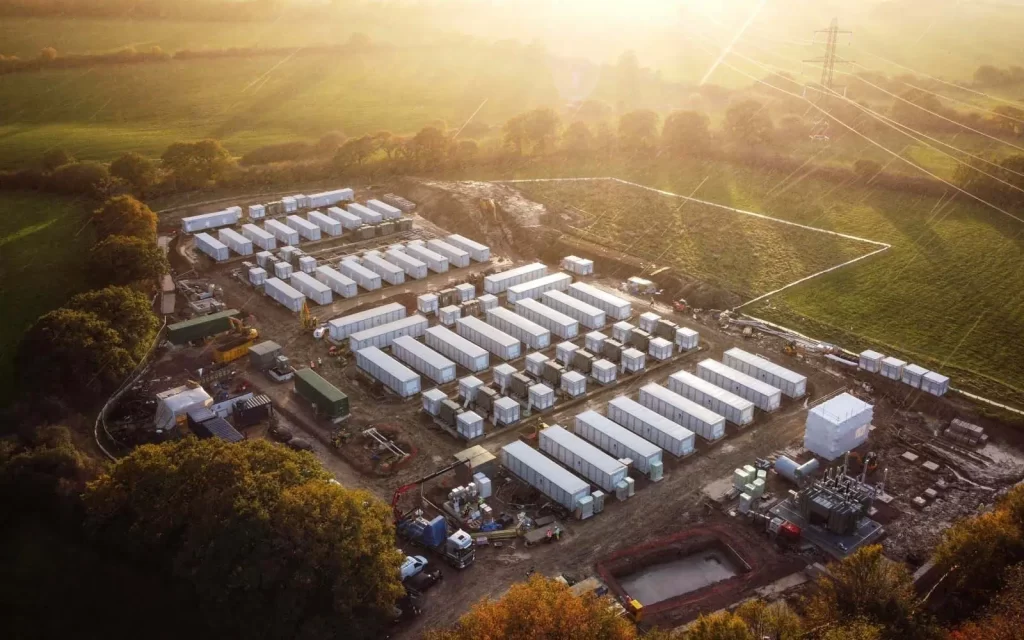Power system planning, design, operation, and expansion require detailed studies to assess system performance, safety, efficiency, reliability, and economics. These studies address potential deficiencies, determine causes of equipment failures in existing systems, and establish component ratings for new systems. Modern power systems are complex, but advanced software and powerful computers have simplified calculations.
In 2014, Fauji Foundation Group’s FFBQL set up a Granular Urea and Di-Ammonium Phosphate fertilizer plant in Bin Qasim, Karachi. This plant required uninterrupted power, at that time supplied by gas turbines. Due to unreliable natural gas supply, FFBQL management planned to install a coal-based co-generation power plant. This new facility would ensure continuous power to the plant and export electricity to K-Electric, alleviating load shedding issues.
The coal-based facility featured a 60 MW generator, an 11/132 kV step-up transformer, and a 132 kV GIS grid station with various transformer and transmission line bays. This grid station was connected to K-Electric’s BOC and Dhabeji grid stations via overhead transmission lines. The interconnection involved a 0.8 km double circuit line. The brief equipment details are:
- 1 x 60 MW synchronous generator
- 11/132 kV generator step-up transformer
- 132 kV GIS substation with:
- Transformer bay
- 2 x Transmission line bays
- Bus coupler bay
- 2 x VT bays
- Connection to K-Electric’s grid via looping in-out of an existing 132 kV overhead transmission line (OHTL)
Key Issues
One of the grid interconnection requirement is to have a third-party Insulation Coordination study for the verification and determination of Surge Arrestors ratings that were proposed for 132 kV OHTL at their entry into 132kV GIS grid station of FPCL along with proposed GIS ratings.
Solution
EPENAM provided a comprehensive solution for insulation coordination study, determining the surge arrester ratings per IEC 60071, IEC 60099, IEEE Std. 1313.1, IEEE Std. 1313.2, IEEE Std. 998, IEEE Std. C62.22, and CIGRE Publication 63. PSCAD software, renowned for its electromagnetic transient analysis capabilities, was used for this purpose. This tool facilitated the calculation of desired operating voltage, temporary overvoltage, and transient overvoltage within the system under various operational scenarios and contingencies.
Insulation Coordination Study
Insulation coordination is the selection of the electric strength of equipment in relation to the voltages which can appear on the system for which the equipment is intended and taking into account the service environment and the characteristics of the available protective devices. The primary objective of insulation coordination study is to determine maximum stresses that can appear on the system and their mitigation measures, viz-a-viz, the ratings of SA and GIS, are ascertained at different system locations. The insulation coordination procedure includes determining the voltage stresses from all origins on equipment and the corresponding electric strength required based on acceptable margins of protection or acceptable levels of performance. These margins (or levels) are mostly empirical. For FPCL, EPENAM determined following transient overvoltages to be studied for the satisfactory sizing of the surge arrestors:
- Temporary Overvoltage (TOV) Study
- Fast Front Overvoltage (FFO) Study
The TOV study for FPCL was carried out for the cases of earth faults, load rejection, and combination of earth faults and load rejections. Similarly, for FFO study the cases of FFO due to lightning strike on shielding wire (back flashover) and FFO due to direct strike on phase conductor (shielding failure) were determined.
The system components were modelled for their geometry, positive and zero sequence, X/R, PI, and RLC circuit or capacitance. For FFO studies in case of back flashover, extreme care was taken for the determination of acceptable failure probable rate, ground flash density, determination of limit distance (Xp), determination of exposed width (W), stroke crest value, and lightning incidence estimation. In case of shielding failure, similar care was taken for the determination of striking distance, limited shielding distance, and maximum current (Im).
Conclusion
EPENAM delivered a cost-effective one-stop solution to a quality-conscious customer for their Surge Arrestors and GIS ratings. It was determined that these equipment were adequate to meet required power frequency and lightning impulse withstand voltages and adequate to protect system from overvoltages without flashover.
The extremely high quality and well referenced report along with project handling was appreciated by the customer.



